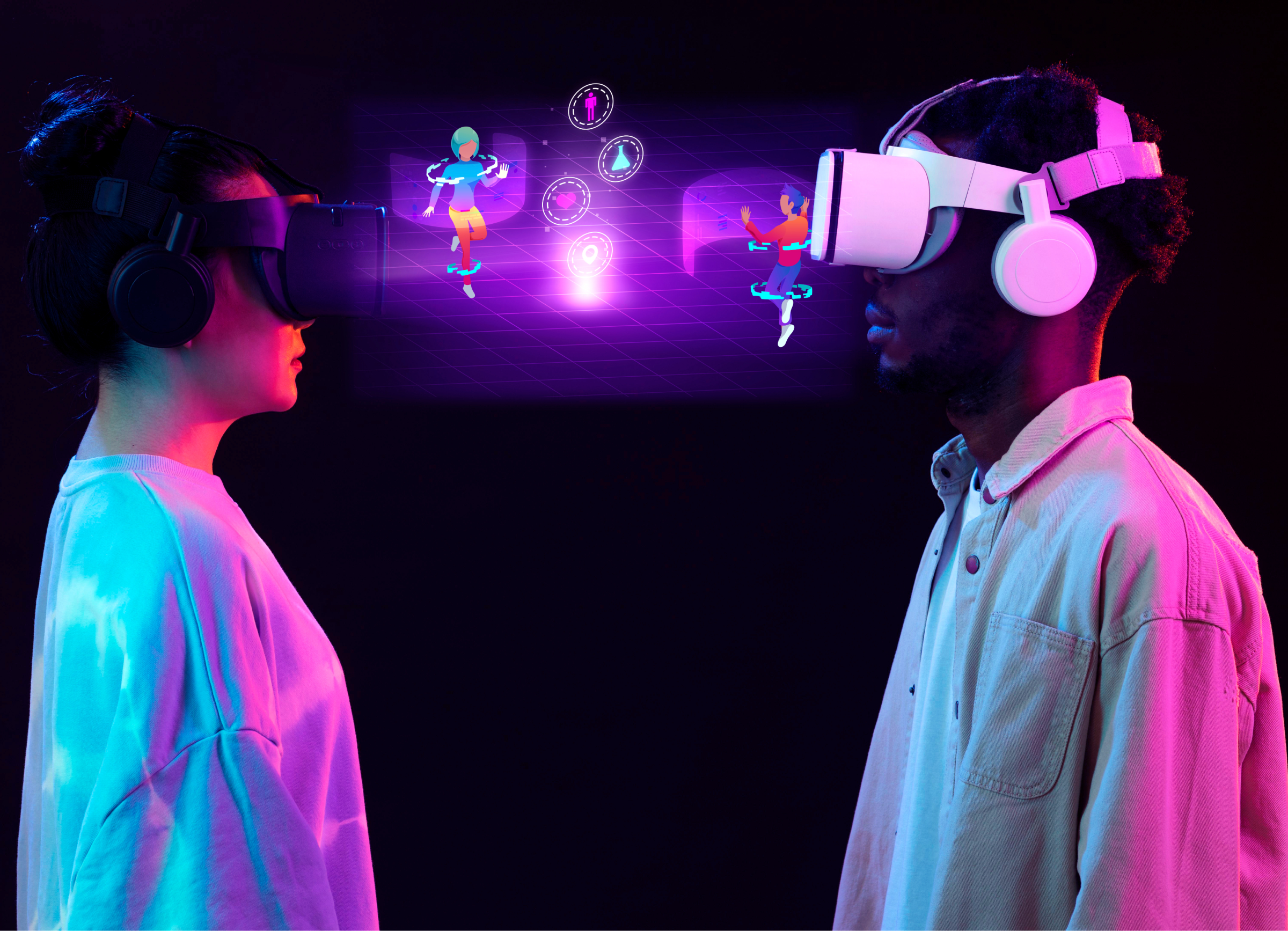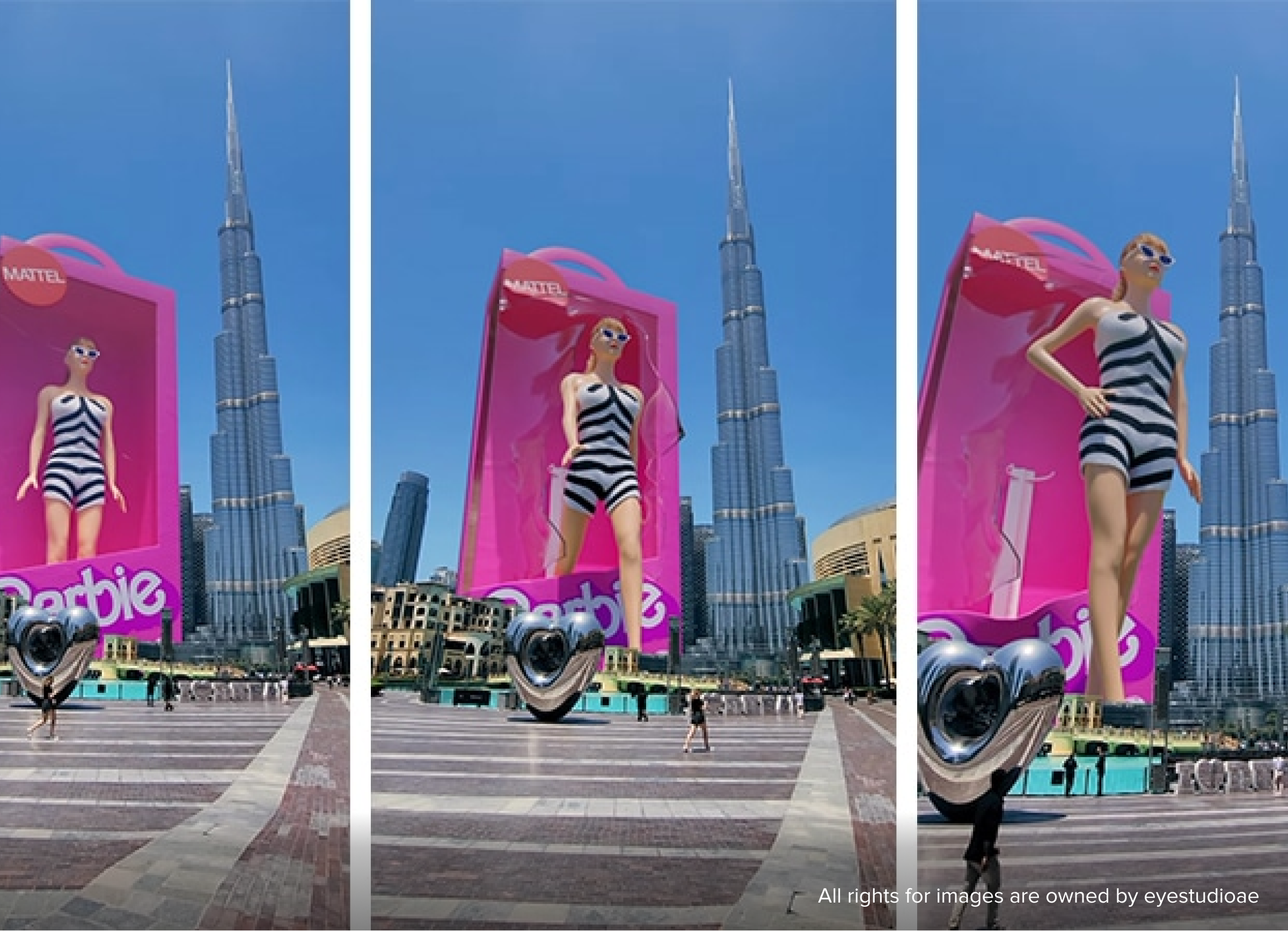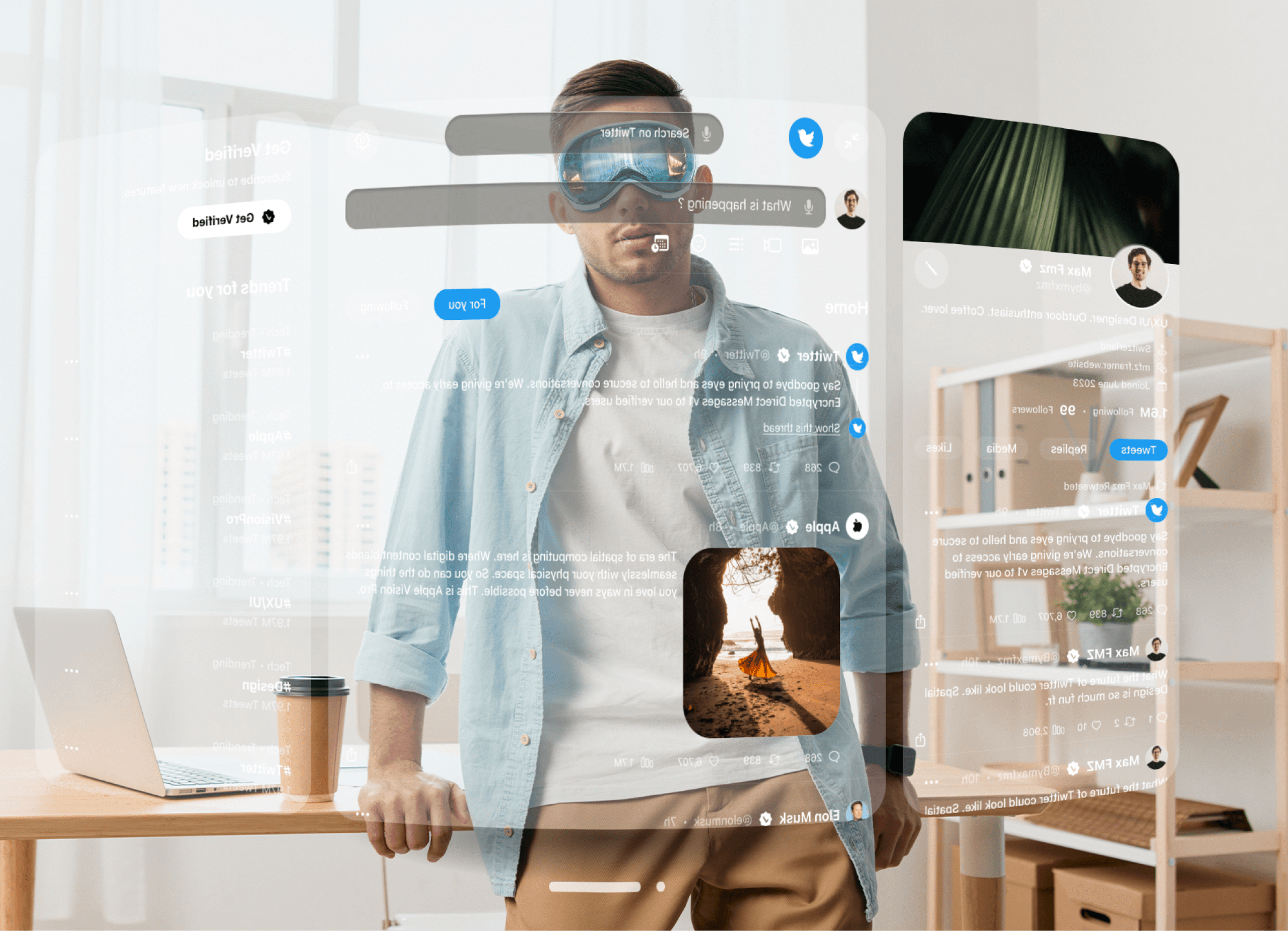
This article was written by our CEO Olga Kryvchenko and originally published on Linkedin. To get more biweekly updates about extended reality, subscribe to Olga’s XR Frontiers LinkedIn newsletter.
Hello, dear readers! Today, we’re delving into an exciting synergy of technology and history, where we explore how Extended Reality (XR) is shaping the field of archaeology.
Cultural heritage—the timeless tapestry of our collective past—is invaluable. It connects us to our ancestors and provides context for our present. However, preserving this cultural heritage can be an uphill battle. The wear of time is unrelenting—ancient relics decay and centuries-old knowledge can fade into obscurity.
But XR, a concept you’re undoubtedly familiar with, is stepping onto the scene as a game-changer. Imagine unearthing relics without disturbing the soil, or even walking through ancient cities right from your living room. In this journey, we’ll explore the powerful alliance of XR and archaeology, reshaping how we preserve and interact with our rich cultural heritage. Ready to explore the past through a futuristic lens? Let’s dive in!
And here we are at the crossroads of past and future. To some, archaeology may seem like a discipline deeply rooted in the past, while XR symbolizes a step into the future. But when these two converge, magic happens!
Through XR, archaeologists gain a transformative toolkit. They can virtually excavate sites without causing physical disturbance, create interactive 3D models of artifacts for further study, and even rebuild ancient structures in a digital environment. Imagine seeing the world as our ancestors did, reconstructed right before our eyes—it’s like a sci-fi movie, but it’s reality!
For instance, let’s take a peek at a project that exemplifies this synergy of technology and history. The ancient city of Palmyra, much of which was tragically destroyed in recent conflicts, has been digitally revived. Using XR, archaeologists and historians have painstakingly recreated Palmyra’s monumental arches and colonnades. Not only does this serve as a timeless record, but it also allows anyone, anywhere to virtually explore this iconic city.
This is just the tip of the iceberg. The harmonious marriage of XR and archaeology is opening a whole new world of possibilities in researching, documenting, and preserving our shared history.
The beautiful dance of XR and archaeology isn’t just a spectacle—it has tangible benefits that are truly game-changing. From the lab to the field, the living room to the classroom, this exciting fusion is enhancing our interaction with the past in ways we could only dream of before.
Let’s start by discussing research. Through XR, archaeologists can manipulate 3D models of artifacts or archaeological sites with ease, exploring them from all angles without fear of damaging precious finds. They can collaborate remotely with peers across the globe, working together on a shared digital platform, which wasn’t feasible in traditional methods.
On the public engagement front, XR is a superstar. We’ve all dreamed of time travel, haven’t we? XR allows anyone with a headset or even a smartphone to wander through ancient cities, experience historic events, or hold digital replicas of artifacts. It’s an immersive, interactive journey through time—history like you’ve never experienced before! This not only fosters a deeper understanding of our shared heritage but also sparks curiosity and inspires passion for history among younger generations.
Moreover, XR encourages open access in archaeology. By digitizing findings and sharing them online, we’re effectively creating a global digital museum, accessible to anyone, anywhere. This democratizes knowledge, allowing everyone to engage with and learn from our collective past.
The intersection of XR and archaeology is essentially a bridge—a bridge that connects us to our past in an accessible, interactive, and exciting way. It’s like putting on a pair of magic glasses that let you see and touch history. But as with all magic, there are challenges to face.
As enthralling as this fusion of XR and archaeology might be, it’s not without its hurdles. But, of course, no path to progress is completely obstacle-free, right?
Accuracy is one such challenge. How can we ensure the digital models and virtual environments we create accurately represent the artifacts or sites they’re based on? After all, a misinterpreted detail or misplaced structure can skew historical understanding.
Accessibility is another concern. XR technology, as advanced as it is, isn’t universally available or affordable. And while creating a global digital museum is a wonderful idea, it’s of little use if it’s only accessible to a privileged few.
Then comes the question of ethics. What happens when we digitally recreate sites or artifacts sacred to certain cultures? How can we ensure respect and appropriateness while bringing history to the masses?
Now, these challenges may seem daunting, but they’re not insurmountable. Advancements in scanning and modeling technologies are improving the accuracy of our digital replicas. Tech companies, governments, and NGOs are working tirelessly to make XR technology more affordable and accessible. As for ethics, ongoing dialogues and collaborations with local communities and cultural institutions are key to ensuring cultural sensitivity and respect.
In essence, we’re standing at a thrilling juncture, where technology meets history, creating endless possibilities. However, to truly unlock XR’s potential in archaeology, we need to work collectively—researchers, technologists, policymakers, and society at large—to overcome these challenges. It’s a thrilling endeavor, and we’re all part of the story!
Alright, let’s see the magic of XR in archaeology with some inspiring real-world examples. Each project demonstrates how this technology is already illuminating our understanding and experience of history.
Our journey starts in Italy, with the “Pompeii VR” project. This virtual experience breathes life into the ancient city of Pompeii, allowing users to explore the city as it was just before the devastating eruption of Vesuvius. From homes and temples to bustling markets, users can immerse themselves in the everyday life of ancient Rome.
Image: Pixabay.



